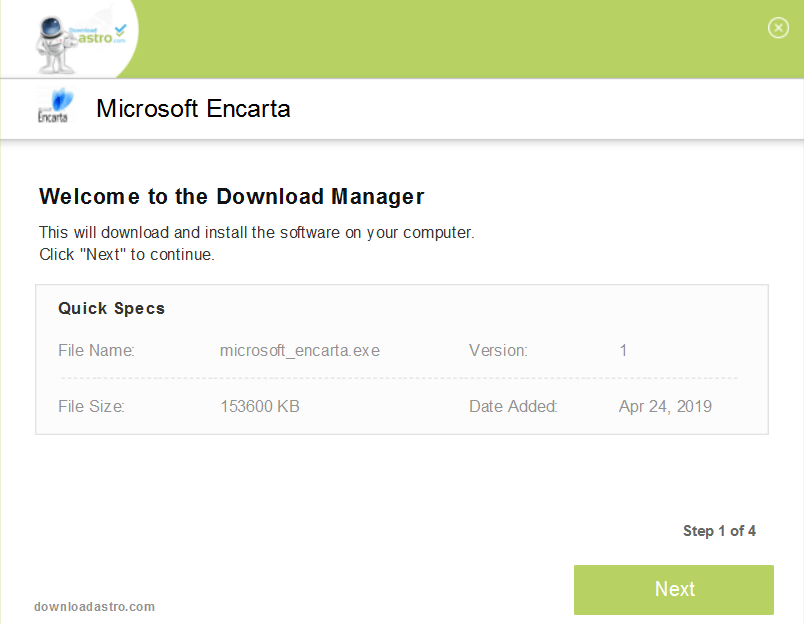
For example, Encarta generates each zoomable map from a global geographic information system database on demand. However, an Apple Macintosh or Linux user with Internet connection may still access Encarta's website.Įncarta uses database technologies to generate many of its multimedia contents. Encarta 98 was the last version to be released for the Macintosh. Unlike Microsoft Office, Encarta software only supports Microsoft Windows with Microsoft's Internet Explorer.


For example, the map engine is adapted from its MapPoint software.

There has been some controversy over the decision, since the dictionary lacks the other books provided in Bookshelf which many found to be a useful reference, such as Columbia Dictionary of Quotations (replaced with a quotations section in Encarta that links to relevant articles and people) and an Internet Directory (although now a moot point since many of the sites listed in offline directories aren't around anymore).Įncarta made use of various Microsoft technologies. In later editions (Encarta Suite 2000 and onwards) Bookshelf was replaced with a dedicated Encarta Dictionary, a superset of the printed edition. Microsoft Bookshelf (Reference Edition) already contained "Encarta Desk Encyclopedia" and "Encarta Desk Atlas", thus becoming redundant with the full editions provided as part of the suite. When Encarta was released as part of the "Reference Suite" in 1998 (though to 2000), Microsoft bundled "Microsoft Bookshelf" with the other three programs (Encarta Encyclopedia 98 Deluxe Edition, Encarta Virtual Globe 98, and Encarta Research Organizer). Some more advanced maps are interactive, for example, the large African map for Africana can display information such as political boundries or the distribution of African flora. In addition to database generated maps, many other illustrative maps in Encarta ("Historical Maps") are drawn by artists. However, it does not include a planetarium.

Encarta also generates a visible-light moon atlas with names of major craters and hyperlinks. The maps contain hyperlinks to related articles ("Map Trek") and also supports a "Dynamic Sensor" that provides the latitude, longitude, placename, population and local time for any point on the globe.


 0 kommentar(er)
0 kommentar(er)
